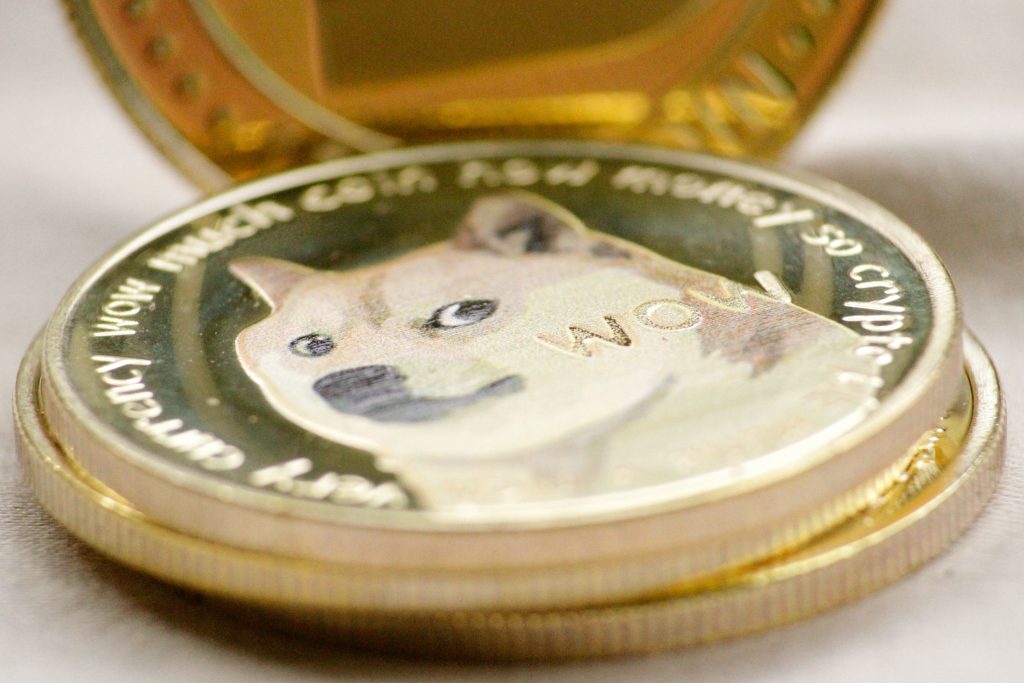Anastasia Denisova interviewed on How memes are changing politics for IBT

In a world where millennials get 60% of their news from social media, memes are an important political tool. Memes are a popular means of communicating in a simple and easy way online, and have been used to great effect by supporters of politicians like Jeremy Corbyn and Donald Trump.
Trump’s supporters in particular embraced the new medium to spread the now-president’s message around the cyber world during the 2016 election, using shareable images to promote his ideas and mock opponent Hillary Clinton.
Similar tactics are being utilised in UK politics in 2017, with the fan page for Conservative MP Jacob Rees-Mogg ‘Middle Class Memes for Rees-Moggian Teens’ proving popular. The Facebook page has over 45,000 likes, and regularly posts pro-Conservative Party, pro-Brexit and nationalistic content in a humorous way.
However, the tactic has also been adopted by the more extreme sides of politics on the internet. Largely embraced by white nationalists and the alt-right, characters like Pepe the Frog have been transformed from online jokes to recognised symbols of hatred, with memes becoming ways of spreading offensive views.
“[The far-right] didn’t have much of a place in mainstream politics, mainstream media,” explains Denisova. “But then you have social networks where practically anyone can have their say, anyone can post something there, anyone can attract followers,” she adds.
“I wouldn’t blame, or say that memes were the reason for the rise of the right wing. They were just the very suitable vehicle for those guys to be more seen, to get into the mainstream,” Denisova says.
Photo by Crystal Mapes on Unsplash







